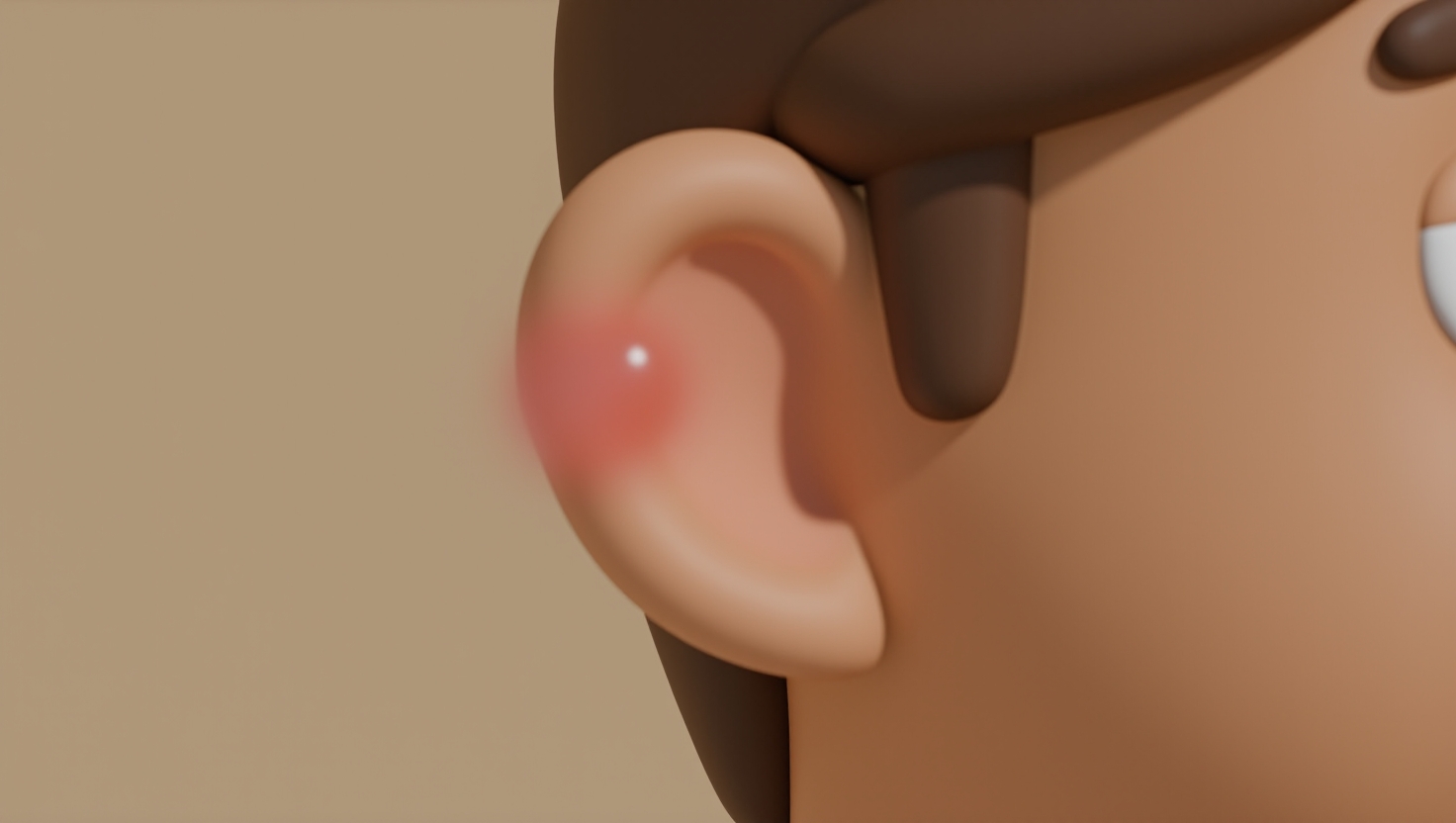What Is this Lump on my Ear?
Discovering a lump on your ear can be surprising and sometimes worrying. It’s natural to wonder what it might be and what steps to take next. This post explains what a lump on the ear might be, common causes, and when it may be important to seek advice from a healthcare professional. By understanding these basics, you can feel more informed about your health.
What Are Lumps on the Ear?
A lump on the ear is any raised bump, swelling, or growth that you notice on or around the external ear. These lumps can vary widely in size, shape, texture, and duration. Some may appear suddenly, while others develop gradually over weeks or months.
For example, a small, firm bump that feels smooth and movable under the skin may differ from a red, tender, and painful swelling. Lumps can occur on different parts of the ear, including the earlobe, the outer rim (helix), or the area just in front of or behind the ear.
Understanding the type of lump and its characteristics can help when discussing it with a healthcare provider.
Common Causes of Ear Lumps
Many different conditions can lead to lumps on the ear. Here are a few common causes, explained for informational purposes:
- Cysts: One common cause is a cyst, which is a small sac filled with fluid, pus, or other material. For example, an epidermoid cyst often feels like a smooth, round bump under the skin. These cysts are usually harmless and painless, but they can sometimes become infected or inflamed.
- Infections: Infections can cause lumps on the ear. An infected hair follicle (folliculitis) or an infected piercing can create red, swollen, and tender bumps. Warmth around these lumps and possible pus may be present. Infections require appropriate treatment to prevent spreading.
- Injury or Trauma: Trauma to the ear, such as being hit or from prolonged pressure (like tight helmets or sleeping on one side), can cause lumps. One example is a hematoma—where blood collects between the ear’s skin and cartilage—often seen after sports injuries. If untreated, this can lead to a deformed ear shape, sometimes called “cauliflower ear.”
- Skin Growths: Benign skin growths like warts or lipomas, which are soft fatty lumps, can also appear on the ear. Warts are caused by a viral infection and might have a rough texture, while lipomas feel soft and doughy.
- Allergic Reactions: Allergic reactions to earrings, hair products, or skincare items can cause swelling or lumps on the ear. Contact dermatitis, for example, may lead to red, itchy, and swollen bumps that can mimic lumps.
- Other Causes: In rare cases, lumps on the ear can indicate more serious conditions like skin cancer, including basal cell carcinoma or squamous cell carcinoma. These are usually painless but may change in appearance over time. It is important to monitor any lump that changes or does not heal.
When to See a Doctor
Most lumps on the ear are harmless and may resolve on their own. However, it is important to consult a healthcare professional if you notice any of the following:
- The lump grows quickly or changes shape or color
- The lump is painful, tender, or warm to the touch
- Redness, discharge, or pus is present, suggesting possible infection
- The lump does not go away or keeps coming back over weeks or months
- Hearing loss, persistent ear discomfort, or a feeling of blockage occurs
- The lump bleeds, crusts over, or develops an open sore
These signs may indicate infection, inflammation, or require further medical evaluation to rule out more serious conditions. Early diagnosis can prevent complications and lead to better outcomes.
How a Lump on the Ear Might Affect Daily Life
Even small lumps on the ear can have a noticeable impact on daily life, comfort, and confidence:
- Comfort: Pain or irritation from a lump can make wearing headphones, hats, eyeglasses, or earplugs uncomfortable or difficult. For those who use headsets frequently, this can disrupt routines significantly.
- Appearance: Because the ear is visible, lumps or bumps may cause self-consciousness or embarrassment. This can affect social interactions, especially if the lump is large or red.
- Hearing: Though rare, lumps near the ear canal can obstruct the ear and affect hearing or block earwax removal, leading to further discomfort or infections.
Recognizing how these lumps affect physical and emotional well-being is important and can help guide decisions about seeking appropriate care or support.
Final Thoughts
If you notice a lump on your ear, being informed is the first step toward addressing your concerns. While many lumps are harmless and may disappear on their own, a healthcare professional can help identify the cause and recommend appropriate care if needed.
Ignoring new, changing, or painful lumps is not advisable. Early assessment allows for timely care, reduces anxiety, and helps preserve ear function and appearance.
---
Ready to schedule an evaluation? Contact Sleep and Sinus Centers today—online or call (678) 689-1100 to book your appointment for personalized care.
This article is for educational purposes only and is not medical advice. Please consult a qualified healthcare provider for diagnosis and treatment.
Don’t let allergies slow you down. Schedule a comprehensive ENT and allergy evaluation at Sleep and Sinus Centers of Georgia. We’re here to find your triggers and guide you toward lasting relief.



